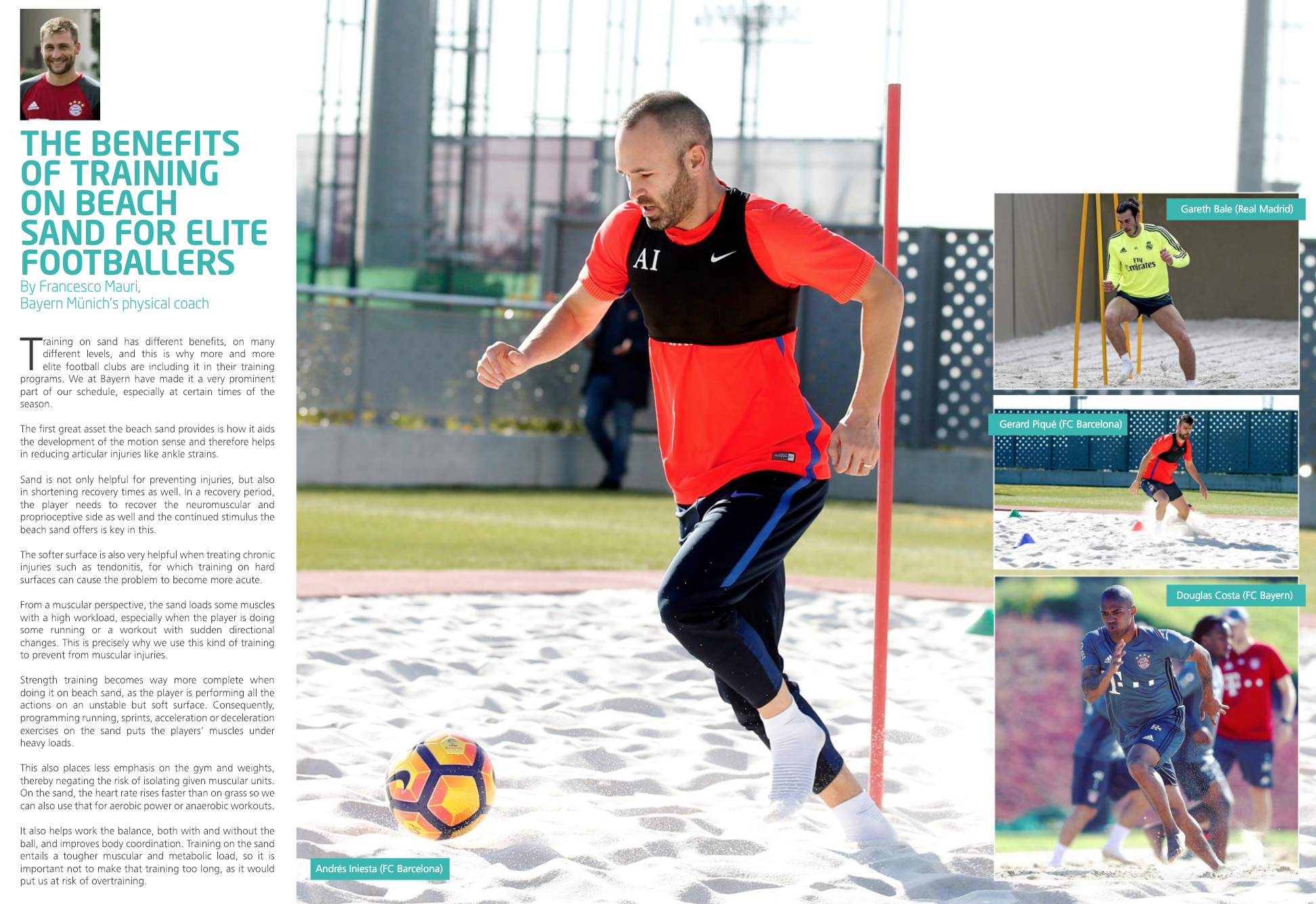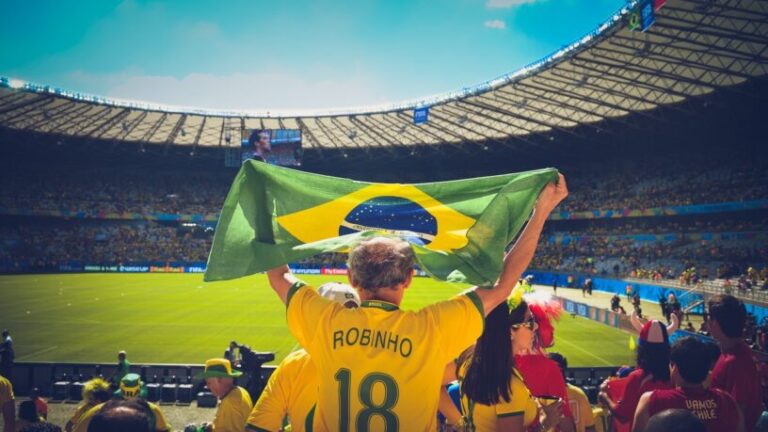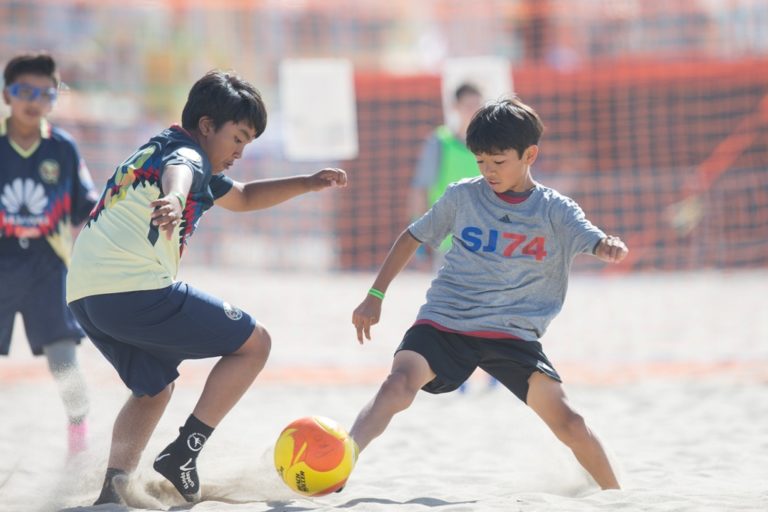This is opinion article based on publicly available information and personal observations.
It’s a fact that cannot be disputed that Beto Ceciliano & Francis Farberoff are the most successful USMNT Beach Soccer Coaches. It is also a fact they were fired the peak of their teams success after a single tournament mishap. But, this is less about them than it is the mishandling of the team in general. This is opinion based on facts, available information, interviews, and personal observations as someone who has had invested interest. Both in their success and the development of the game.
Once among the kings of the sand, the U.S. Men’s Beach Soccer National Team now finds itself sidelined from the world stage—beaten not just on the field, but by one of their own. The story of the U.S. beach soccer team is one of thrilling highs, frustrating lows followed by poor decisions by leadership Adding to the painful twist of irony, as the team was eliminated from the latest FIFA Beach Soccer World Cup, was losing the group to The Bahamas, which was led by none other than their former head coach.
Going into this tournament there was a bit of déjà vu as the exact same opening match saw a former US coach Beto Ceciliano, face his former team as head coach of the Bahamas in 2009. The result favored the US as it was Bahamas first introduction into CONCACAF level beach soccer. Now more than 15 years later, Farberoff who was captain for Beto, and against him on that day, now held the reigns for The Bahamas. This time, the result was significantly different.

The Golden Era: A Dynasty in the Making (2005–2008)
The mid-2000s marked a dazzling chapter in U.S. beach soccer. From 2005 to 2008, the national team dominated the region, clinching back-to-back CONCACAF titles and making three consecutive FIFA Beach Soccer World Cup appearances. Coach Beto Ceciliano had taken charge of coaching the US National team even before the USSF took up beach soccer as part of their responsibility in 2006. In 2007, they not only triumphed in Acapulco at the CONCACAF/CONMEBOL Championship but also stunned Uruguay—South America’s top qualifier and 2006 World Cup runner-up—claiming an unofficial Intercontinental Title.
Perhaps their most memorable match came in 2006, when they faced host-nation Brazil at the Copacabana 10,000 seat stadium on the beach. Despite a hostile crowd and a deafening wave of anti-American chants, the U.S. team netted six goals against the eventual champions—more than any other team managed. Though they lost 10–6, they had made a statement: the U.S. could stand toe-to-toe with the world’s elite.
Most Successful Year was 2007 in Qualifying
In 2007, the team’s hopes of advancing to the next round of the World Cup were dashed in heartbreaking fashion-on the final touch of the final play, in the very last second, against a Portuguese side featuring emerging stars Madjer and Alan in attack. Madjer scored a controversial goal that many believed should not have counted, as the ball crossed the line just after time had expired. However, the officials ruled it a goal because the ball was still in motion, rolling through the sand and off the inside of the post, creating an agonizingly slow-motion finish. Following that crushing loss,
Portugal also fell to Brazil in a shootout 10-7. But, another positive for the USA was who Brazil faced in the final. It was none other than Mexico-the runner-up in CONCACAF, just behind the USA. On the surface, the sequence of events was almost surreal. In general, this was another step forward for the blossoming group led by Beto Ceciliano and Captained by Francis Farberoff.
Don’t Miss Your Chance to Play This Summer
 Collapse and Chaos: The Dark Years (2009–2019)
Collapse and Chaos: The Dark Years (2009–2019)
But the Golden Era didn’t last. By 2008, rising teams like El Salvador began breaking through, fueled by chemistry and year-round play—something the U.S. lacked due to inconsistent training, logistical missteps, and simple terms, a lack of funding. A key factor in the team’s decline was the World Cup’s shift from September to June, which clashed with summer leagues and limited preparation time.
Beto Ceciliano’s dismissal came after the team failed to qualify for the 2008 World Cup, a result shaped by circumstances that made success nearly impossible. That year, CONCACAF rescheduled qualification from its usual September window to March to accommodate the first-ever June World Cup in Europe. This change coincided with an exceptionally harsh winter on the West Coast, where persistent rain seemed constant every weekend from January through March preventing over half the squad-most of whom were based in Northern California-from training.
The U.S. Soccer Federation did not organize any preparatory camps ahead of the tournament. As a result, the team arrived in Mexico just five days before the event, without having played any friendlies and with only three days of training. Most players had not competed since the previous World Cup which took place in November leaving the squad unprepared for the challenge. In fact, many of the players had not even seen each other since the previous World Cup. They opened the tournament confidently pounding a previously strong Costa Rican team but then El Salvador surprised them.
Not Enough Success Shows A New Sheriff in Town & Dark Times Approaching
The team still took 3rd, and the tournament marked the beginning of a dynasty in the making as El Salvador caught the US Team off guard shocking them 6-5 to basically eliminate them. Beto and his staff were fired almost a year later as they prepped for 2009. As mentioned, less than a year later Beto faced his old team with The Bahamas in their first ever competition. But more importantly it ushered in the Dark Years as the USSF settled for losses and no change after making change when they should not have. They traded in a vision and success after a hiccup they themselves contributed highly too. Now is history repeating itself?
The 2010s were marred by poor results, questionable player selections, and minimal support from the federation. Despite a growing talent pool and beach soccer events thriving across the U.S., national team selection often overlooked seasoned sand players for highly skilled grass players who never played in sand before being taken onto the national team. Leadership stagnated while regional rivals surged ahead. Only in 2013 did the U.S. win another CONCACAF title, but the momentum was fleeting. It was a dark time where the greater beach soccer community watched hopelessly waiting for change.
A New Dawn Under Familiar Eyes (2020–2024)
In 2020, former captain Francis Farberoff was appointed head coach. Having led the team as a player during its peak, his return sparked renewed hope. Farberoff brought structure, consistency, and a relentless focus on development. He introduced weekly training routines, expanded tryouts through “touchpoint camps,” and pushed for more international exposure.
The results followed. In 2023, the U.S. posted its best record in history—11 wins, 3 losses—and recaptured the 2023 CONCACAF Championship. For the first time in years, the national team seemed poised to make history by advancing past the World Cup group stage. However, an untimely injury to star forward Nick Perera, the nation’s all-time leading scorer, derailed those hopes just days before kickoff
Further damaging their chances beyond the loss of Perera was the late arrival of the US Team in Dubai. Most other nations playing for the ultimate prize played several friendly matches, watched film, and acclimated to the climate and difficult playing surface. The US Team arrived late and embarrassingly didn’t even have their team gear as they walked among the stylish nations they would face. Mentally that must have been a tough arrival setting a tone for a team already suffering from having to come to grips with the adjustments they would need without their star player.
Meanwhile these sharp dressed nations prepared for more than a week in most cases adjusting to the VERY deep sand provided in Dubai World Cup Stadium. The US Team’s late arrival had them set up for one friendly match. They were to have ONE chance to play and adjust on this extremely challenging surface. That didn’t work out too well either.
The Stage was Already Set for Failure
It rained that day, making the any idea of preparing for what was to come impossible. The players sank in the sand hopelessly in the early times of the tournament. They moved slow as they tried to adjust on the fly. Without Perera, arriving late, not having gear, and limited to no true time to adjust to conditions were they ever really going to have a chance? Psychologically you would have to bet against this.
Despite the progress, and setbacks clearly out of his control, Farberoff was unexpectedly fired after the World Cup. The decision shocked the beach soccer community. It echoed the same shortsighted leadership that had plagued the program the last time they let a successful streak. It was undone by poor preparation and management that had nothing to do with coaching. The fact their star player was playing in a professional indoor match just days before the tournament is a total other issue not to be discussed here. But, these federation miscues and lack of vision is what led to the decline of the last successful run during the Golden Era.
A Twist of the Knife: Defeat by Their Former Coach
So fast forward a bit more than 15 years later after Ceciliano’s firing and it’s “déjà vu” all over again. If losing their coach wasn’t enough, the U.S. team’s next chapter brought bitter irony. Farberoff was swiftly hired by the Bahamas—a team with rising ambitions and now, U.S.-born expertise. In early 2025, he began to lead The Bahamian national team. He then shocked the region by not only beating the USA, but going on to win the group.
El Salvador then defeated the U.S., knocking them off and out delivering a stinging blow. Not only had the U.S. failed to reach the World Cup, but they were also outplayed by the very coach they had let go. This forced an earlier than expected encounter with the Salvadorians. For many, it felt like a betrayal from within, but also a predictable result of organizational mismanagement. The U.S. should never have faced El Salvador in the Semi-Final. But, they were out coached in the emotional home opening game for The Bahamas.
Lessons in the Sand
The U.S. Beach Soccer National Team has seen the best and worst of what the sport can offer. There has been brilliance, decline, revival, and heartbreak. Its Golden Era remains a proud legacy, but history has exposed deep flaws in how the sport is supported. Clearly the leadership for USSF is not seeing the bigger picture as they keep making the same types of decisions. We have seen the two most successful periods in the last 3 decades end in the same fashion.
Whereas Beto Ceciliano and Francis Farberoff were fired for a single tournament misstep we had to live through a decade of poor performances after the first time. The coach in between treated the team like a lollipop he had to lick once in awhile. The community watched as he was pouring non-beach players into the team and doing little to move the sport forward. But, at least that coach had beach soccer experience although he didn’t do much to improve the sport. Now, the replacement who just missed qualifying didn’t have almost any beach soccer background. That leaves many in the community trying to understand why eliminate a highly motivated coach. One who had a single bad tournament with everything against the team before the cup even started. To replace him with someone who had very little experience in the sand.
What Does the Future Hold…?
Farberoff’s departure and subsequent success with a rival highlight what U.S. beach soccer has lost—not just a coach. They lost a dedicated visionary who had once again brought the program to the brink of greatness. His exit may serve as a turning point, one way or another. Either the federation learns from history, or the dark years return for another encore.
Is this the end of the U.S. as a beach soccer contender? Or is it just the start of a long road back?


 Collapse and Chaos: The Dark Years (2009–2019)
Collapse and Chaos: The Dark Years (2009–2019)




